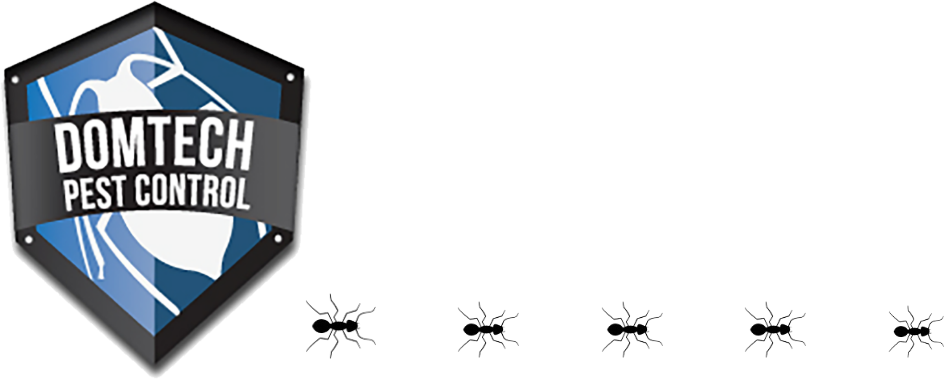Cluster Flies
There are more than 240,000 different species of flies in the world. Approximately one-third of them, including mosquitoes and gnats, can be found in Canada.
A common problem
Overwintering adults of the cluster fly, Pollenia Rudis Fab, are an annual problem in many houses. Cluster flies are slightly larger and darker than house flies, and have a coating of short golden hair on their thorax. These flies normally live outdoors where they occur on flowers and fruits. In late summer and fall, or during cooler temperatures, cluster flies may congregate on sunny walls.
They enter the home to overwinter through any available access. In the home, the flies hide, often in a cluster in attics and wall voids, in dark corners, cracks, under clothing in closets, beneath curtains, behind pictures and furniture, etc. On warm sunny days in the winter and spring, the flies often emerge from their hiding place and swarm on windows, causing great annoyance with their buzzing and presence. Dead flies provide a food source for larger beetle larvae and can contribute to the presence of other nuisance insects in the house. In April, cluster flies lay their eggs in cracks in the soil. During the summer, the eggs hatch, and the emerging larvae (maggots) penetrate earthworms and develop as a parasite in its host.
There are several generations during the summer. The adults stop egg laying in late August and September and seek hiding places in which to overwinter. Most of the flies spend the winter outside in and on fenceposts, under stones, and in other protected places. Cluster flies are usually a greater problem in rural and suburban areas due to the large grassy areas that favor high earthworm populations.
Cluster flies are not related to livestock production. They do not develop in manure or manure pits. They are not interested in food, do not develop in garbage, and are not a sign of unsanitary conditions.








